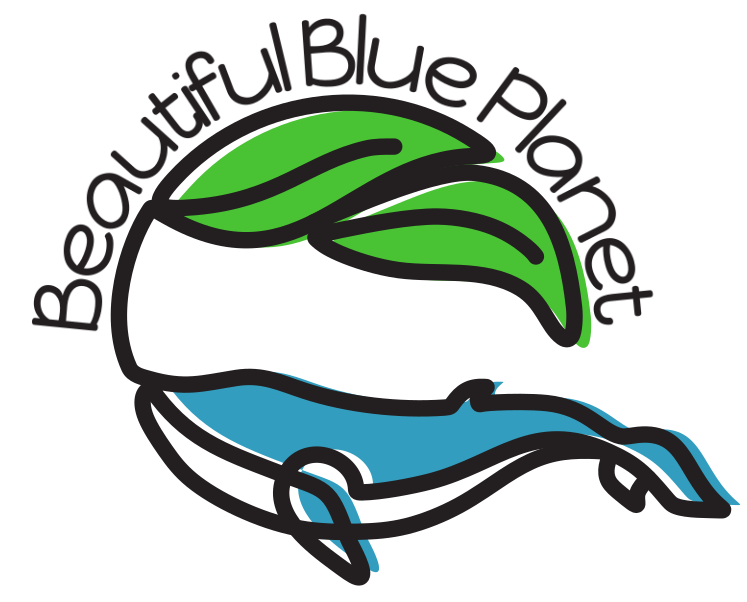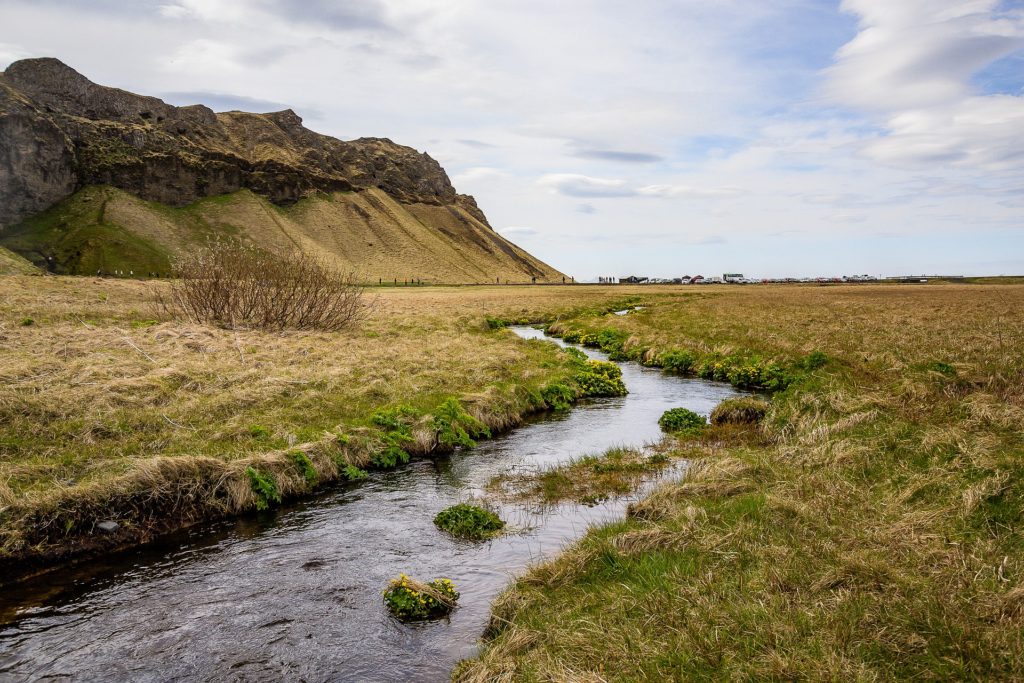Grow Your Own Meadow Garden at Home
When we think of meadows we think of grassy, open spaces, often with wildflowers. They play an important role in the environment. Creating meadows gardens in home landscapes is becoming quite a trend, as a solution to the decline of pollinator populations and to boost wildlife habitat around us. And they’re a great place to quietly watch wildlife, both in the wild and at home.
The role meadows play in nature
You rarely see or even hear much wildlife when you’re in a forest. But a forest clearing that’s comprised of native vegetation is where you’ll likely see and hear wildlife. Especially in a meadow. A meadow has few trees or shrubs and is covered mostly in perennial grasses and grass-like plants.
In addition to grasses are annual and perennial flowers. All the plant leaves, the pollen and nectar of the flowers, and the seeds at the end of the season produce food for insects, pollinators and birds, forage for grazing animals, and finally prey for hunting animals.
The open space of a meadow not only helps foraging and hunting activity, but also provides the space for courtship behavior and nesting for many animals.
Below the surface is just as important
Under the surface of the soil, there’s just as much going on. The variety of plants provide the soil with a diversity of roots of all sizes and depths and support the growth of myriad soil organisms. The roots sequester carbon from the atmosphere, enable nutrient cycling in the soil, and allow for best water infiltration.
The living and decaying organic matter in the meadow soil holds and filters rainwater and snowmelt. Then the water is slowly released later in the dry season, keeping streams and rivers supplied with cool, clear water.
Meadows are easily damaged by trails, roads, timber harvesting, climate change and the like. Since healthy meadows maintain water quality, river and stream quality, and wildlife downstream, it’s important to assess, protect, and improve meadows upstream to improve watersheds and water supply.
Plant your own meadow garden to create natural beauty, save you time, and help pollinators
The idea of planting meadow gardens in what would be lawns, difficult spots, or even in flower beds is blooming. Planted with mostly native plants, the planting is best suited for the local climate, in our case that means lower water use.
A meadow planting saves time in maintenance and resources. It doesn’t need the mowing and watering that a lawn needs. Or the replanting, weeding, and watering that a flower bed needs. Just a few maintenance visits to the meadow through the year once it’s established, and infrequent watering should be all you need. Careful preparation is key to get your meadow off to a good start.
Planting with mostly natives will provide food for the native insects, especially the larval stage of our native butterflies and moths. The Audubon Society recommends maintaining at least 70 percent native plants (in total biomass) as a goal to feed the insects which native birds need to feed and rear their nestlings. (For more info see “Save the Birds by Planting the Right Plants” on my website.) So choose mostly natives, but you’ll have space for some other favorite flowers and grasses.
Whether it’s the larval stage of pollinating insects or the flowers themselves, meadows feed the pollinators.
Dense plantings of meadow plants, including grasses and grass-like plants, and perennial and annual flowers help rain water sink in and soak deeper into the soil, and that will help recharge aquifers and often your own well (see more on that).
Native grasses and grass-like plants create some green space for a meadow garden
There are three plants perfect for creating greenspace and walkways for a meadow garden.
The first two are sedges, which are grass-like perennials. Carex praegracillus is native throughout much of California. And Carex pansa is native to a few coastal spots in far Northern California. They’ve both been well tested and have become the favorite choices for meadow plantings and as lawn alternatives for much of California and other states as well. (If you’re in California try to find native grasses or sedges that will do the same thing: grow with little maintenance and may be mowed or not.) They tolerate traffic, a wide variety of soils, and are extremely drought-tolerant once established.
C. praegracillis grows to 2-3 ½ ft. tall, but can be mowed to be shorter for walking paths. C. pansa grows to about 1 ft. tall. Mowing, even with a weed-eater, will encourage them to spread and fill in faster. They can be used as filler between pavers.
Both these Carex plants can be watered to keep them green year-round or left dry through the summer where it will go dormant, turning brown, but will green back up with rains and cool weather.
Creeping red fescue (Festuca rubra) is a perennial grass native to here and much of California. Green in the cool season and dormant in the summer, it, too, will be brown, but can be kept green with water. It grows to 1 ½ -2 ½ ft. tall and can be left unmown, giving a soft, prairie look, or mown as it is when used as a turf grass. It takes full sun to part shade and only needs water once a month.
All three can be planted and left to grow long but mown to make paths through your meadow. All three take full sun to light shade. Read more about these plants at Calscape.org. And see more about grassy meadows and photos at greenleeandassociates.com.
They provide leaves to feed the larval stage of skippers, a cute pollinator that’s closely related to butterflies, and seed for birds.
They’re all grown by Suncrest Nurseries, a wholesale nursery that supplies much of northern California. That means that you may be able to order them through your local nursery when they are available.
Then there are the flowers
A meadow garden at home makes a great place for watching the wildlife it attracts. Grasses and grass-like plants are the predominant feature of a meadow . But annual and perennial flowers play a big role in feeding the other animals of a meadow. For a home meadow garden, flowers are a wonderful benefit, for beauty and bouquets. And some meadow gardens are made only of flowers. More on the flowers in my next post.

